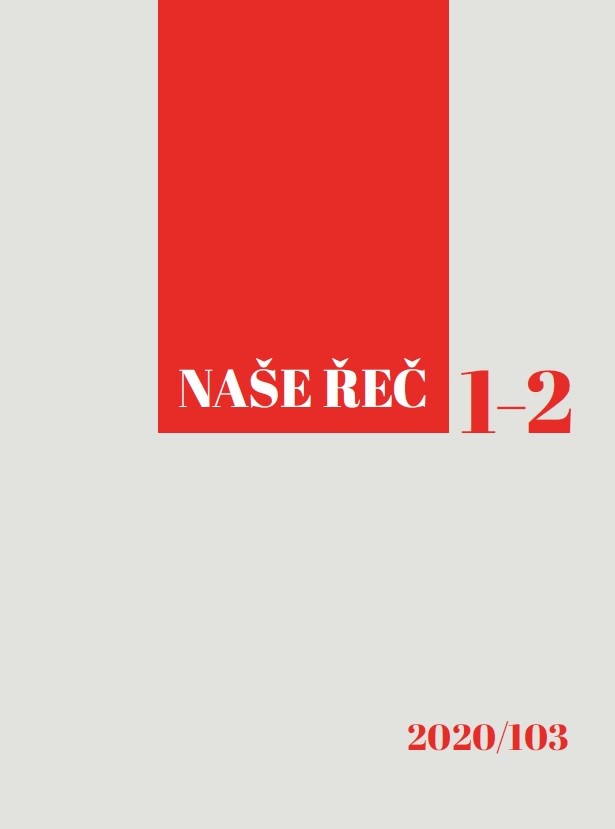Syncretism in Nanosyntax and three types of passive participles in Czech
Syncretism in Nanosyntax and three types of passive participles in Czech
Author(s): Pavel Caha, Lucie Taraldsen MedováSubject(s): Western Slavic Languages
Published by: AV ČR - Akademie věd České republiky - Ústav pro jazyk český
Keywords: Nanosyntax; passive; syncretism
Summary/Abstract: Nanosyntax is a relatively new framework of linguistic analysis that originates in the work of Starke (2009; 2018). In this article, we focus on the framework’s ability to deal with syncretism. As a specific case, we analyze passive participles in Czech. Building on Kratzer’s (2000) work, we introduce a three-way ambiguity of the Czech passive participle. The first distinction we make is between stative (adjectival) and eventive (verbal) passives. The second distinction applies within the set of stative participles and divides them into Target-state participles and Resultant-state participles. The latter describe states that hold as a result of some prior event taking place. Target-state participles entail no prior event. The result is a situation where we have three distinct meanings and just a single form (namely the passive participle), which is a situation usually covered by the term syncretism. In the last part, we describe how such a three-way ambiguity can be captured in Nanosyntax.
Journal: Naše řeč
- Issue Year: 103/2020
- Issue No: 1-2
- Page Range: 113-130
- Page Count: 18
- Language: English

